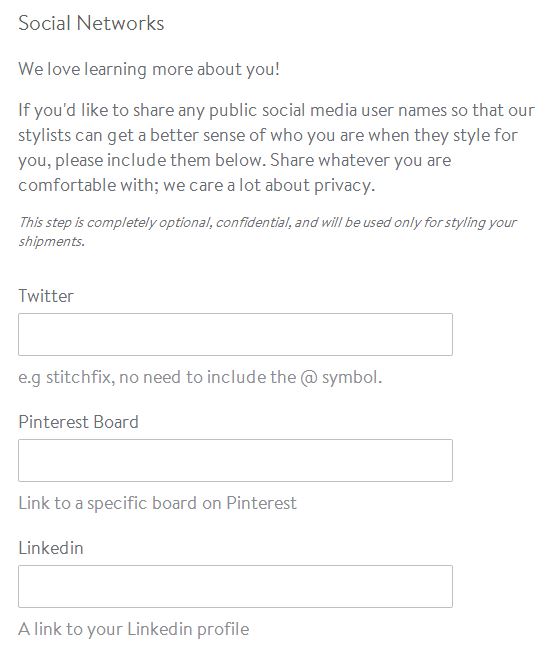Collecting data from customers requires sensitivity. While analyzing that data largely involves using calculations and algorithms to spot trends and generate insights, retailers that do it also need to be creative with how they gather data and how they communicate their actions to customers.
Privacy concerns quickly arise as shoppers become more aware of the amount of data being collected by businesses, which is why you should make consumers feel at ease with what you’re doing. This not only makes shoppers more comfortable with your brand, it also makes data collection easier.
My company, Retention Science, works with many ecommerce companies that collect different types of customer data. Below are some of the methods that we’ve learned over the years to help retailers gather meaningful data while also comforting shoppers in the process.
Avoid Complicated Language
Avoid using legalese or technical terms in your disclaimers and messages, as this could intimidate shoppers. Instead, speak in an engaging and easy-to-understand manner when asking them to share more information.
Stitch Fix, a personal styling service for women, demonstrates this well. When a user signs up on its website, Stitch Fix asks her to submit links to her social accounts to help the site’s stylists get a better idea of the user’s personality.
This step is optional and Stitch Fix makes it clear that the service cares about member privacy and the user can share whatever she is comfortable with.

Stitch Fix asks shoppers to submit links to social accounts to help the site understand the user’s personality.
If you are asking shoppers to share information, consider following Stitch Fix’s lead, and serve up a message that:
- Uses language that avoids technical terms and legalese;
- Reassures shoppers that you care about their privacy;
- Tells shoppers exactly how the information will be used;
- Reminds shoppers that their data will remain confidential.
These steps are simple. But they will go a long way in making your shoppers feel more comfortable about your data-gathering efforts.
Offer Incentives
Encourage users to share their information or even their activities by creating games. If you have a loyalty program, for instance, find a way to incorporate your data-gathering efforts into the program and then offer incentives to customers to participate.
Take Walgreens, for example. The pharmacy recently launched a program that rewards customers not just for their purchases, but also for their healthy activities. Members of Walgreens’ Balance Rewards for Healthy Choices program will earn points for linking their fitness device to the company app and by using it to monitor actions like exercising and tracking their weight, blood pressure, and more.
The program allows Walgreens to collect more data about its customers while encouraging shoppers to live healthier lifestyles (and earning points in the process).

Members of Walgreens’ Balance Rewards for Healthy Choices program will earn points for linking their fitness device to the company app.
Explain the Benefits
Shoppers frequently ask “What’s in it for me?” when retailers request their personal information. That’s why it’s a good idea to spell out the benefits that your customers will receive when they tell you more about themselves.
For example, on the Sprouts website, users are told that sharing their location will allow the company to bring them the freshest products.

Sprouts asks visitors to its website to share their locations, to help tailor offers to that location.
Or, consider what Sephora, the beauty-supplies retailer, is doing. It encourages its loyalty program members to complete their profiles to help Sephora make personalized recommendations.
Request Customers’ Preferences
Passively collecting data or tracking behavior, while helpful, can make some shoppers uncomfortable. That’s why it’s important that you treat data gathering as a collaborative activity, rather than only conducting in the background.
Ask shoppers to take surveys or quizzes so you can personalize their shopping experiences. Consider what many subscription-based retailers are doing. Birchbox (beauty and grooming products) and ShoeDazzle (women’s footwear), as examples, invite customers to take style-related quizzes, to customize shipments to them. Since customers know that their answers will affect the items that they receive, they’re typically happy to oblige.
If it makes sense for your business, ask your shoppers to take quizzes and use their answers to tailor product recommendations and offers.
Let Shoppers Control Data
Give shoppers the ability to control their data. Doing so will empower them and make them more comfortable with doing business with you.
Allow them to view what’s being collected and opt-out at any time. If possible, provide the option to remove their information from your database.
And if you’re using third parties to collect user data and crunch the numbers for you, make sure their practices adhere to the same standards.




